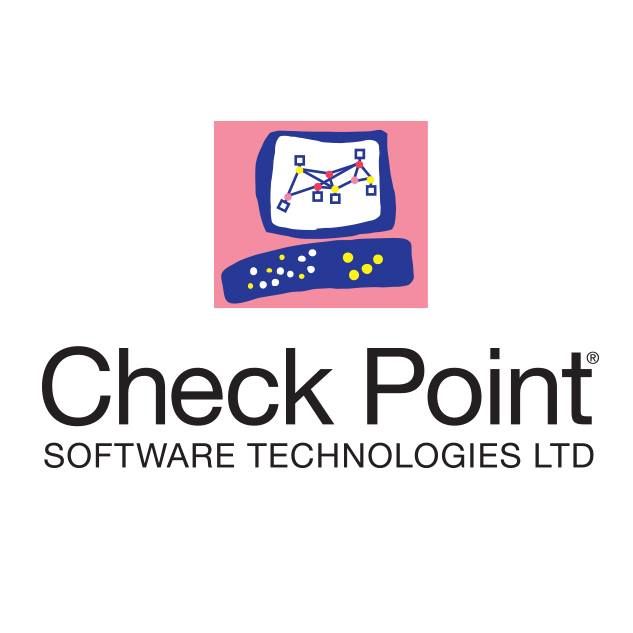148 reads
How we Fuzz Tested the Microsoft Office Ecosystem
by
January 5th, 2022
Audio Presented by

Welcome to the Future of Cyber Security. Providing solutions across all vectors to prevent 5th generation cyber attacks.
About Author
Welcome to the Future of Cyber Security. Providing solutions across all vectors to prevent 5th generation cyber attacks.